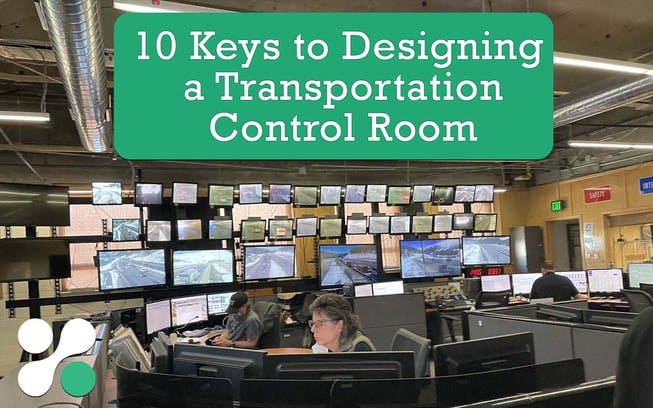
After perfecting the design of 911 dispatch centers decades ago, our designers here at Xybix are increasingly applying the same principals to transportation control rooms. Whether you’re directing planes, trains or automobiles, the room you’re in and the desk you’re at make an impact on how you handle your mission-critical tasks throughout the day. We’ve worked closely with everyone from air traffic controls to railroad engineers to bus dispatchers to understand what you need and how you work. Here’s a summary of what we’ve learned.
- Ergonomic sit-to-stand consoles are a must-have to ensure that employees of all sizes are alert and comfortable.
- Extra consoles and space must be available when help arrives to manage weather events and emergencies. Visiting executives may use these consoles as well.
- Dedicated consoles may be required to handle emergency calls, communications, maintenance, and tech support. These roles may prefer sit-to-stand consoles more suited to typical office roles.
- The console design and room layout must feature a clear line of sight to video walls featuring camera feeds from remote stations, runways, and the like. Avoid reflective surfaces and direct sunlight that may cause glare on the screens.
- Consoles must accommodate at least 8 screens with cable management to prevent tipping and tripping hazards. All systems must be monitored 365/24/7, so keeping computers and monitors plugged in is crucial.
- The room layout and consoles should work together to facilitate teamwork and allow for verbal and non-verbal communications.
- To minimize disruption to operators, the room layout must carefully consider the traffic pattern and who sits where. For example, supervisors often sit by the doors so people can talk to them on the way in or out.
- If alarms are in use, be sure they can be heard above the white noise in the room.
- Control all aspects of the environment—visual, auditory, physical—to reduce stress in emergency situations. Trained designers can offer expert advice on everything from color and lighting to background noise to the placement of the coffee maker.
- Comply with all ADA, electrical and airflow requirements while designing the room.
A transportation control room may have an exact duplicate space for backup, and multiple control rooms may have the same design so operators can easily cover other locations. We all want to get the design right the first time—but it’s even more important when you know the room will be reproduced.
At Xybix, you’ll be working with a degreed and experienced designer schooled in the unique space-planning and furniture needs of transportation control rooms. We hope you’ll reach out for your next project.



